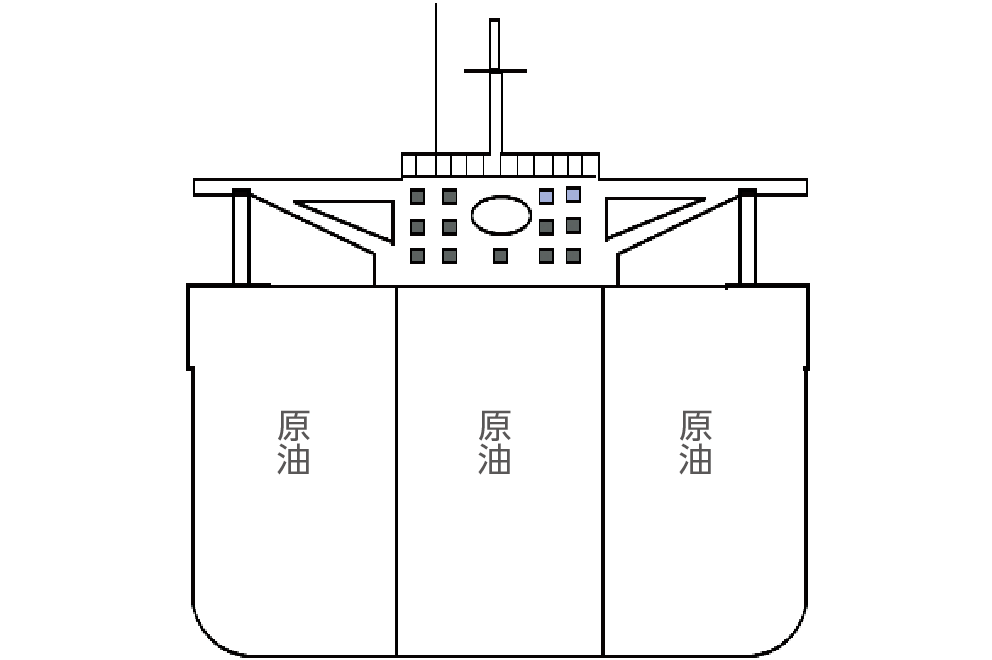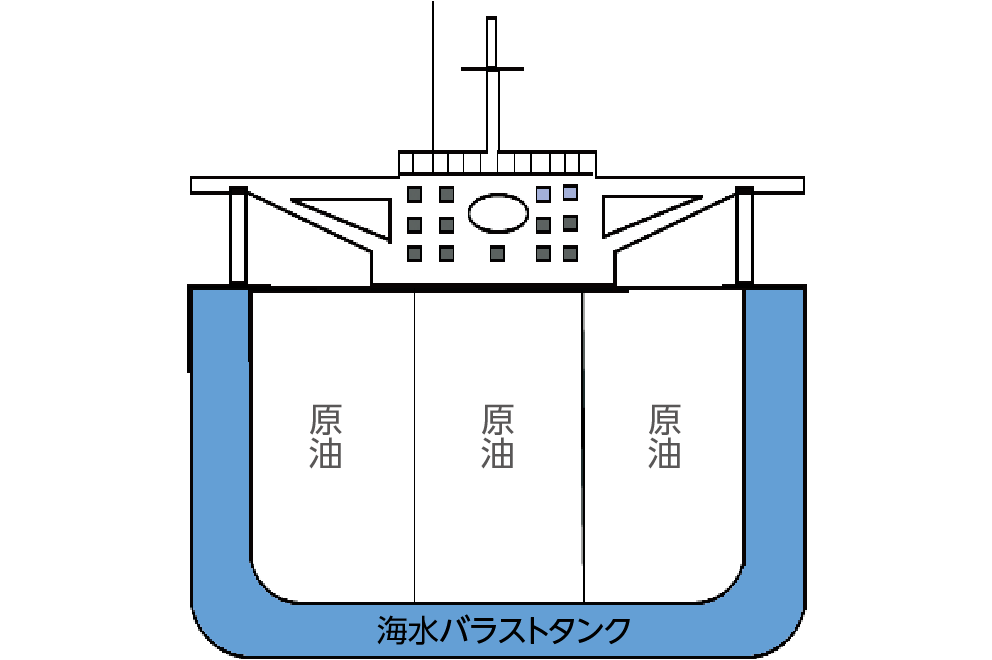Waste/ chemical substances/ pollution prevention
Waste reduction
Basic approach
The Idemitsu Group is striving to reduce the environmental impact by reducing the amount of waste generated and promoting the reuse of raw materials and the use of recycled materials from the perspective of effective Resources use.
Policy
Governance
Strategy
The main wastes generated through our business include waste catalysts from Refinery refining processes, residue (sludge) from tank cleaning, and sludge collected from wastewater treatment facilities. Through intermediate processing such as incineration, dehydration, and dissolution, these wastes are reduced in volume and rendered harmless, and by recycling them into raw materials for cement, etc., we aim to achieve "zero emissions," which reduces the amount of final disposal to 1% or less. , we are continuing our efforts.
Risk management
Initiatives
Reduction targets and results
The petroleum and chemical industries have each set voluntary targets * for reducing the amount of final disposal of industrial waste, as part of efforts to create a recycling-oriented society promoted by the Japan Federation of Economic Organizations (Keidanren). Based on this, our goal is to keep the final disposal amount of industrial waste at each Refinery and petrochemical plant to 1.0% or less of the amount generated.
*Oil (Petroleum Federation):
<Industry-specific goals> Maintain and continue the zero emissions (final disposal rate of 1% or less) achieved in FY2020 even after FY2021.
Chemistry (Japan Chemical Industry Association):
<FY2025 target value for final disposal amount of industrial waste> 170,000 tons or less.
<Industry-specific targets>
Reduce final (landfill) disposal amount to 170,000 tons or less by FY2025.
Maintain a Resources rate of 65% or higher until fiscal 2025.
●Waste treatment breakdown (FY2022)
*The amount of waste generated includes the amount disposed within the company, so it does not match the total value of each amount disposed in the diagram.
●Final waste disposal rate at group Refinery
*Waste is the total of industrial waste and specially controlled industrial waste.
*Aggregation targets: Hokkaido Refinery, Chiba Complex, Aichi Complex, Tokuyama Works, TOA Oil Co., Showa Yokkaichi Sekiyu Tokuyama Complex Showa Yokkaichi Sekiyu Co., Seibu Oil Co. (from June 2022)
Chemical substance management/reduction
Basic approach
Our group, which produces and supplies petrochemical raw materials and products, has established the "Basic Guidelines for Quality Assurance" and the "Basic Guidelines for Safety, Health, and Environment," and conducts preliminary risk assessments of chemical substances, and reduces and eliminates harmful substances from production processes and products. We are working on this. We also strive to improve the safety of production process workers and product users by providing information on chemical substances contained in products. We are responding without delay to stricter laws and regulations in Japan and overseas regarding chemical substances such as PRTR substances, PCBs, and fluorocarbons, and are minimizing the impact on human health and the negative effects on the ecosystem and other environments.
Policy
Governance
Risk management
Initiatives
Management of PRTR substances
Among the substances regulated by the PRTR Law *1 (including HAP *2 and POPs *3), volatile substances such as benzene, toluene, xylene, and n-hexane, which are contained in crude oil, petroleum products, and petrochemical raw materials, Some of the high-concentration substances are emitted into the atmosphere as VOCs *4 when they are taken into and discharged from storage tanks or shipped to lorries or ships. Our group strives to reduce emissions by storing these chemical substances in floating roof tanks with low volatility and collecting VOCs at the time of product shipment. Any chemical substances transferred Complex are also properly disposed of in accordance with the Waste Management and Public Cleansing Act.
*1 PRTR: Pollutant Release and Transfer Register (chemical substance release and transfer amount notification system)
*2 HAP: Hazardous air pollutants
*3 POPs: Persistent organic pollutants
*4 VOC: Volatile Organic volatile organic compounds
PCB management
Based on the PCB Special Measures Act, we properly store and manage oil containing PCBs and equipment such as transformers containing them at Refineries/Complexes. The law and the country's basic plan for PCB waste treatment stipulate a period for the disposal of PCB waste, and our group is proceeding with appropriate, step-by-step treatment.
Freon management
In accordance with the Fluorocarbon Emission Control Law that went into effect on April 1, 2020, our group is working to prevent the leakage of fluorocarbons. We are considering updating large process equipment at Refinery and factories that use HCFCs, which have ozone layer depleting properties, during periodic maintenance.
Pollution prevention
Basic approach
In order to reduce our environmental impact, we not only comply with environmental laws, but also voluntarily take preventative measures in accordance with our internal regulations (Basic Guidelines for Safety, Health, and Environment). In addition, in order to contribute to pollution prevention not only within the company but throughout society as a whole, we provide feedback of our group's knowledge and experience to committees such as the Ministry of the Environment and the Japan Business Federation, which reviews the implementation of the Water Pollution Control Law and the Soil Contamination Countermeasures Law. In addition to developing research and analysis methods, we are also striving to reduce environmental impact by preventing further pollutant emissions.
Policy
Governance
Risk management
Initiatives
Air pollution prevention
Air pollutants emitted through our group's operations include SOx, NOx, and soot emitted from boilers and heating furnaces, and VOCs emitted from crude oil and petroleum product tanks, ships, and lorry shipping equipment. . For this reason, Refineries/Complexes conduct operational management that complies with laws, ordinances, emission standards, and agreed values based on pollution prevention agreements with local governments.
●Air pollutant emissions (unit: t)
|
|
|
|---|---|
|
|
|
|
|
|
|
|
|
|
|
|
*Aggregation targets: Hokkaido Refinery, Chiba Complex, Aichi Complex, Tokuyama Complex, TOA Oil Co., Showa Yokkaichi Sekiyu Co., Seibu Oil Co. and major consolidated companies
*Data for Seibu Oil Co. only includes emissions from June 2022, when the company became a consolidated company.
Prevention of water pollution and marine pollution
In offshore oil field development, water containing oil is generated during test drilling and development. To prevent marine pollution, the generated water is passed through a separator, and the oil is transported to shore for treatment.The water from which the oil has been removed is treated to meet wastewater standards before being returned to the sea. Additionally, before trial drilling and development, we always conduct an environmental and impact assessment by experts to confirm that the environmental impact is at an acceptable level. In the unlikely event that oil leaks into the ocean, we have prepared an ''oil spill prevention plan.'' In an emergency, we can take measures such as setting up an oil fence to prevent the spread and collecting the leaked oil. We will implement this as soon as possible.
In ocean-going tanker transport, we take both hard and soft measures to maintain zero oil spill accidents. On the hardware side, we are reducing the risk of oil spills by making all large tankers currently in operation double-hulled. On the soft side, we conduct regular disaster prevention drills onboard and provide safety and environmental education to all crew members.

Single hull cross section

Double hull cross section

Single hull cross section

Double hull cross section

Single hull cross section

Double hull cross section
In addition, our group aims to provide safe and stable energy and materials, and actively engages in environmental conservation activities such as solving the marine plastic waste problem, contributing to the creation of a sustainable society. Masu. Additionally, our group is participating in the Clean Ocean Materials Alliance (CLOMA), which aims to solve the ocean plastic problem.
Soil pollution measures
At Refineries/Complexes, factories, and service station (SSs) that handle oil, there is a risk of soil contamination such as oil leakage from underground piping. For this reason, our group is conducting voluntary surveys of soil and groundwater contamination and taking purification measures. In particular, when there is a change in the nature of the land, such as the closure or rebuilding of a facility, we conduct appropriate soil contamination surveys in accordance with the Soil Contamination Countermeasures Act, and work to prevent contamination through appropriate management.